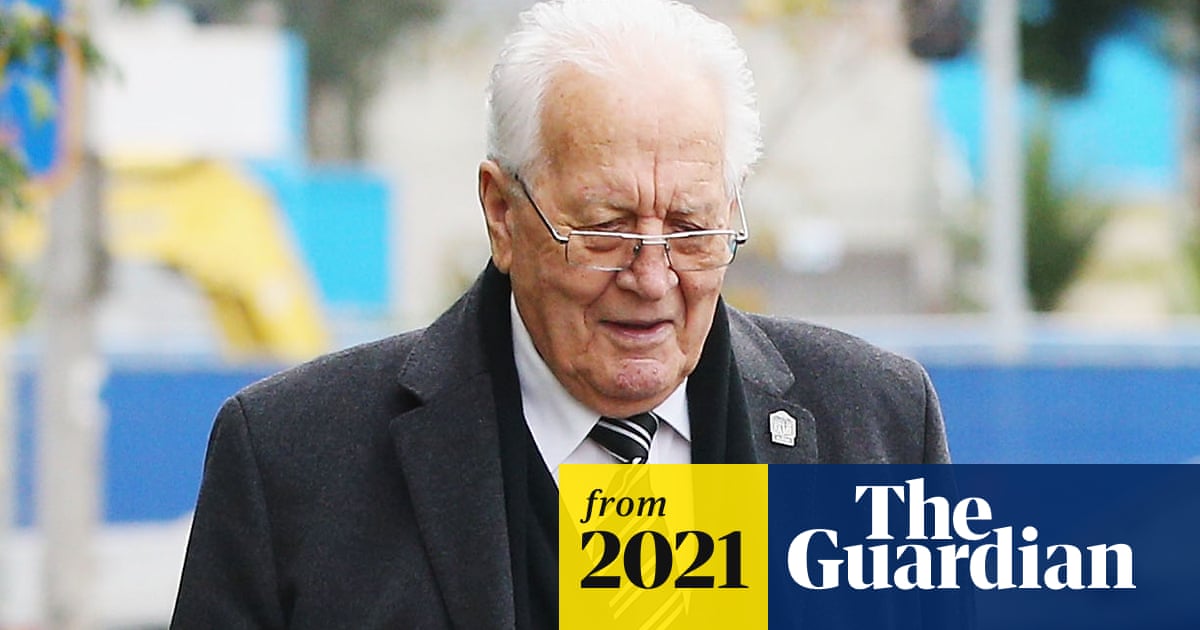3KZ is Football GF records 1972 and 1979
Tim Duggan Podcast with Matty Campbell from 2018
Tim Duggan Podcast with Matty Campbell from 2018
Last edited:
Follow along with the video below to see how to install our site as a web app on your home screen.
Note: This feature may not be available in some browsers.
LIVE: Richmond v Melbourne - 7:25PM Wed
Squiggle tips Demons at 77% chance -- What's your tip? -- Team line-ups »
No current season stats available
In 1983, a world record score for any code of football was achieved by the Williamstown Football Club Thirds team which played in the VFA Under 18s. The score was 110.27 (687. west geelong, 2.0 12.
GOALS: Stephen Cooke 46, Philip Brook 12, Grant Bunting 10, Steven Lucas 10, Paul Stewart 5, Ray Arandez 5, Donato Doria 4, Michael Hobbs 4, Stephen Neenan 3, Jeff Selvidge 2, David Temby 2, Robert McLaughlin 2, Robert Andres, Glen Chamberlain, Darren Harrison, Darren Hickey, Ashleigh Teagle.






Related yes -likely cousins
There were 3 Gullan families in the Ballarat region. Most likely from 1 line
They may have been brothers...as per list here in mother's death notice..
and match reports of their playing era mention R M Gullan...
and Ancestry trees have Robert McLaren Gullan (DOD 1943) as brother of James Gullan (DOD 1904 in WA).
James Major Gullan dob 1874
Henry Major Gullan dob 1869
Robert McLaren Gullan dob 1867
H Gullan in James funeral notice is listed as brother
So yes I didn't look past 1869

